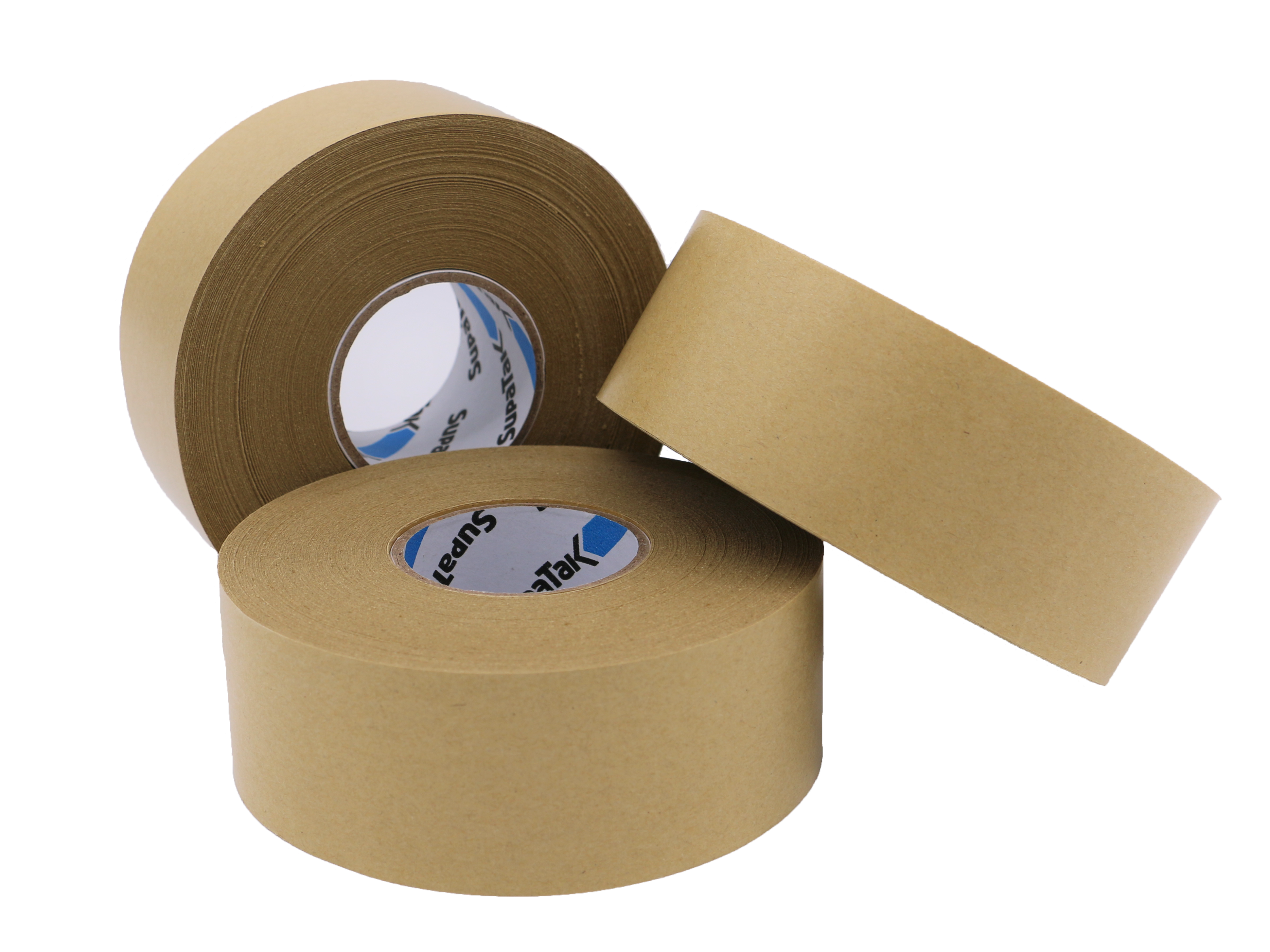However, choosing the correct tape for your packaging requirements can be tricky, and often needs the advice and guidance of an experienced packaging supplier. So, to help you choose the right taping solution for your requirements, here’s the Swiftpak guide to adhesive tapes.
But before we jump into which tapes are good for defeating certain challenges in packaging, let’s get a better understanding of what adhesive tape is and how it works.
What is adhesive tape?
Adhesive tapes are combination of backing material and an adhesive glue, used to bond or join objects together. This can include materials such as paper, plastic film, cloth, polypropylene and more, with a range of adhesive glues such as acrylic, hot melt and solvent.
Adhesive tape can be applied manually, with a handheld dispenser, or if suitable, with the use of an automated taping machine.
What makes adhesive tapes stick to packaging?
Adhesive tape performs two actions when sticking to a surface: cohesion and adhesion. Cohesion is the binding force between two similar materials and adhesion is the binding force between two completely different materials.
Adhesives contain pressure sensitive polymers that cause them to become sticky and are viscoelastic in nature. Meaning it behaves like both a solid and liquid. As soon as the adhesives are applied with pressure, it flows like a liquid, finding its way into any tiny gaps in the fibres of the surface. Once left alone, it turns back into a solid, allowing it to lock into those gaps to hold it in place.
This is why most adhesive tapes struggle to adhere to recycled cartons properly. With recycled cartons, the fibres have been chopped up and repulped. This results in smaller fibres that are packed tightly together, making it difficult for the tape’s adhesive to penetrate.
Now we’ve covered the basics on adhesive tape, let’s explore which tapes should be used for certain packaging requirements and why.
Acrylic, Hotmelt & Solvent adhesives
There are three types of adhesives available for tapes: Acrylic, Hotmelt and Solvent. Each of these adhesives hold different properties, making each adhesive suitable for different situations. Here’s a quick breakdown of each adhesive.
- Acrylic – Good for general purpose packaging, low cost.
- Hotmelt – Stronger and more stress resistant than Acrylic, slightly more costly.
- Solvent – The strongest adhesive out of the three, suitable in extreme temperatures but most costly.
Polypropylene adhesive tape
The most commonly used adhesive tape. Polypropylene tape is usually coloured clear or brown and is relatively strong and durable. It’s perfect for everyday carton sealing, is quite cheap and more environmentally friendly than Vinyl tape.



